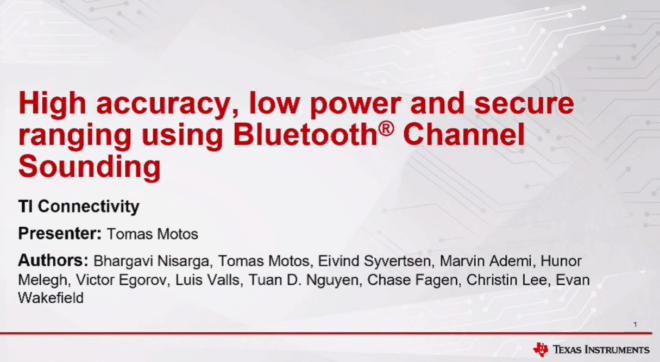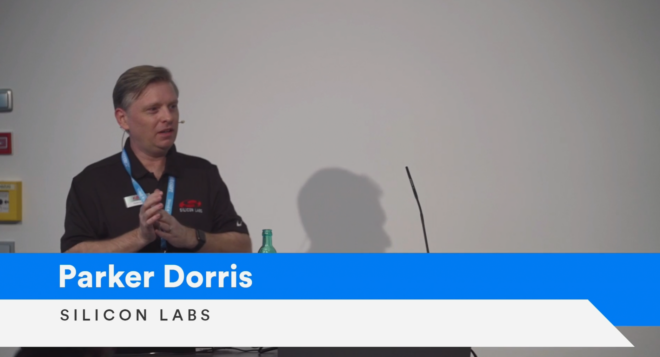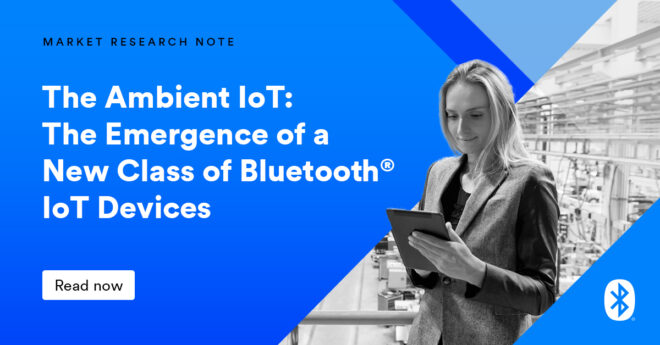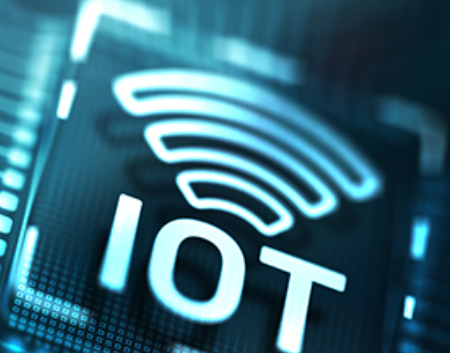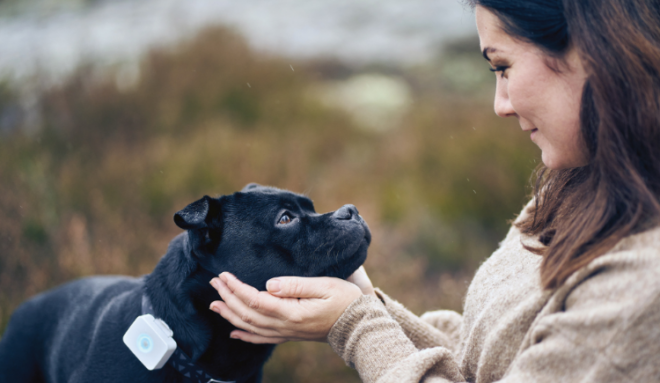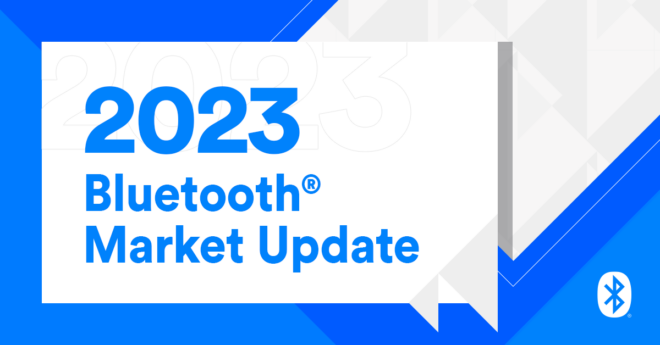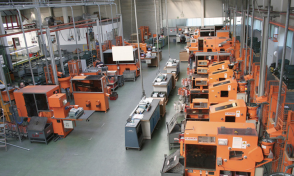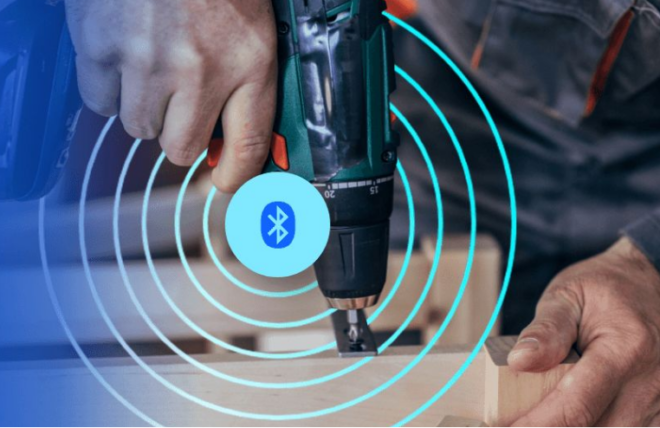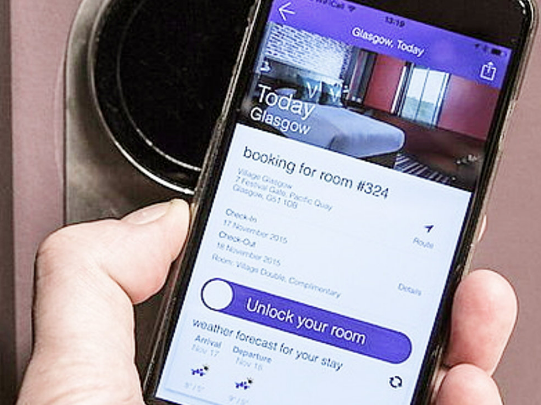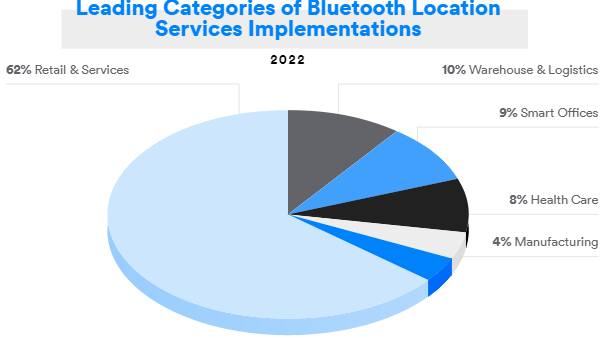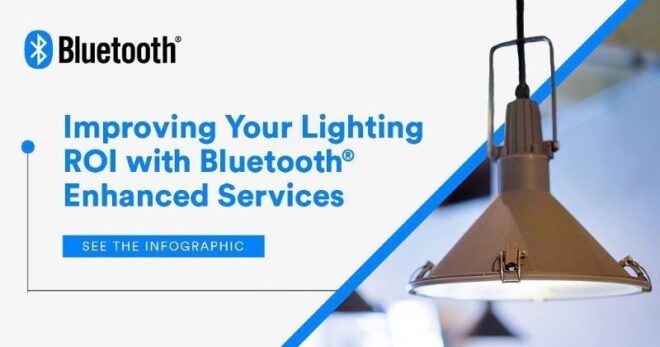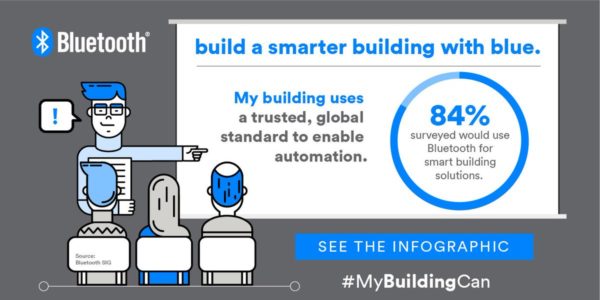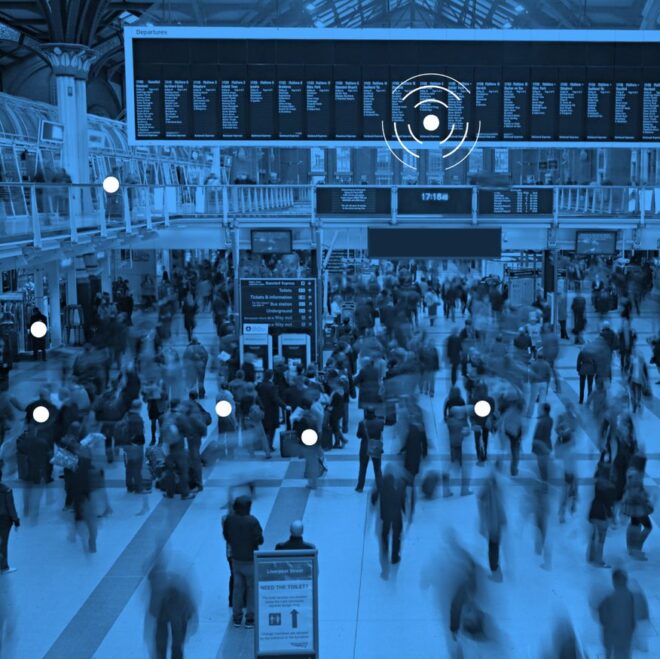“Location-based services enable hospitals to save lives and make the facilities safer for both staff and patients.”
Fabio Belloni, Quuppa
A global provider of real-time locating systems (RTLS), Quuppa delivers location-based services and applications for customers across a multitude of industries. The Quuppa Intelligent Locating System™ was created as a one-size-fits-all technology platform that leverages Bluetooth® Direction Finding technology (angle of arrival and angle of departure) to track, for example, 30,000 devices within a single factory. Currently, Quuppa’s RTLS platform has more than 2,000 deployments across 50+ counties.
In speaking with Quuppa Co-Founder and CCO Fabio Belloni, I learned more about how medical facilities around the globe are using RTLS solutions to support enhanced patient care, optimize daily operations, and reduce the spread of infection.
Q&A with Fabio Belloni
Why have you chosen to use Bluetooth technology?
Bluetooth® technology is very versatile and is already pervasive across many devices and across all vertical markets. The Quuppa system is based on Bluetooth Low Energy technology, which provides several advantages – including long tag battery life, compatibility with mobile devices, and the ability to carry sensor data alongside positioning data. Grasping the versatility of Bluetooth connectivity is essential for understanding how to use the technology in advanced location-based applications, i.e., beyond the commonly used beacons.
How are RTLS solutions with Bluetooth technology being used in healthcare?
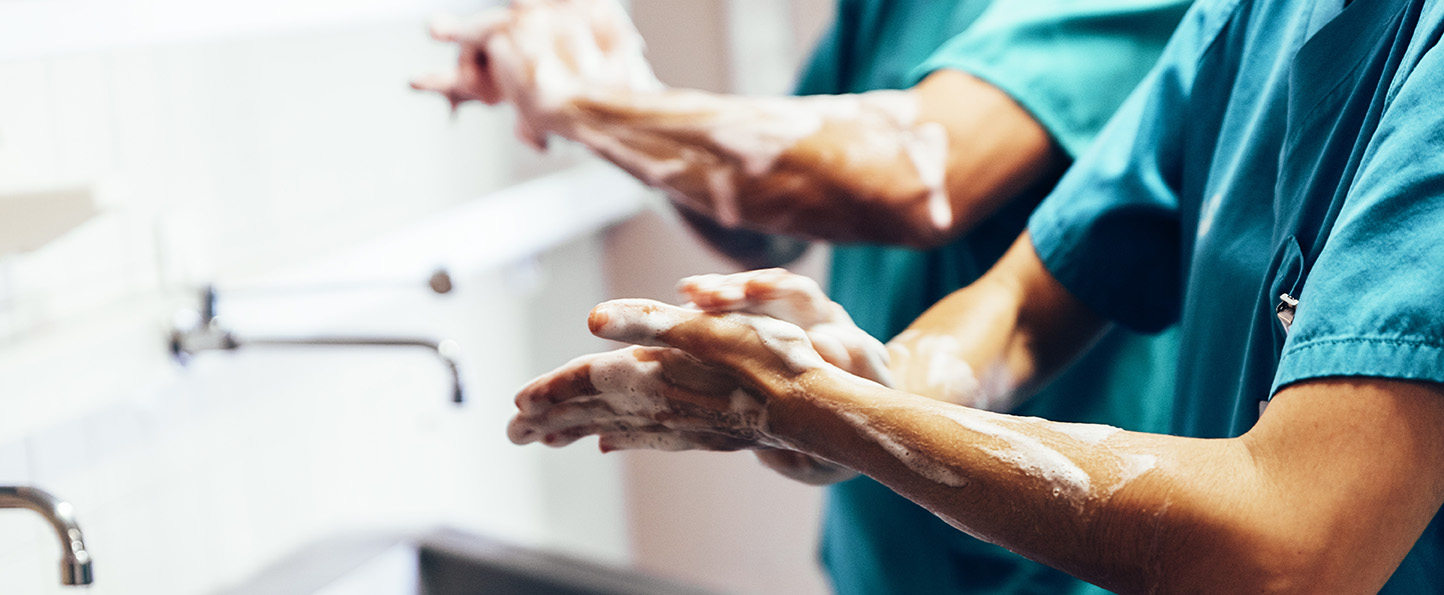
The ultimate goal of the hospitals is to save lives, and there are various ways RTLS can support this mission. A simple example is to enforce the compliance of hand hygiene systems to minimize the spread of infections. A concrete example of this is the soap dispenser sensor; enabled by Bluetooth® technology. The same Quuppa system can be used to track nurses who approach the hand hygiene station and the time spent in the zone surrounding the dispenser, as well as monitor when the dispenser is used. By combining these two data sources, we get a pretty accurate confirmation that the hands have been cleaned.
Another concrete example is faster care, such as nurses being immediately alerted when a patient falls or tries to get away from the bed against recommendations. In many medical emergencies, time is of the essence, and location-based services can help the staff track assets and find the needed equipment in each case faster.
RTLS can also help hospitals and healthcare facilities increase security. One simple way is by providing both staff and patients with devices equipped with a button with which they can call for help when needed. Another use case for enhancing security is via access control, making sure those without authorization cannot access areas they should not.
RTLS systems can also be used in eldercare for wander management, monitoring when elderly customers leave the premises and tracking Alzheimer patients.
Quuppa’s system also acts as an IoT gateway, monitoring all kinds of Bluetooth® based sensors like heart rate, blood pressure, body temp, etc.
![]()
FEATURED PAPER
Enhancing Bluetooth Location Services with Direction Finding
Bluetooth Direction Finding enables the development of proximity solutions that can understand device direction as well as positioning systems that can achieve down to centimeter-level location accuracy.
How long has this solution been in place?
Quuppa was established in 2012 by the team responsible for the invention of the High Accuracy Indoor Positioning (HAIP) at the Nokia Research Center. The founding team of Quuppa has worked with positioning technologies since the early 2000s. Based on the discovery of the superiority of the angle-of-arrival (AoA)/angle-of-departure (AoD) methods, the team developed the groundbreaking algorithms and conducted the research and testing required to solidify the technology into a proven concept. With over fifteen years of experience as its foundation, the Quuppa team commercialized their innovation to create a complete product platform – the Quuppa Intelligent Locating System™.
How does this solution benefit the healthcare industry, healthcare providers, and patients?
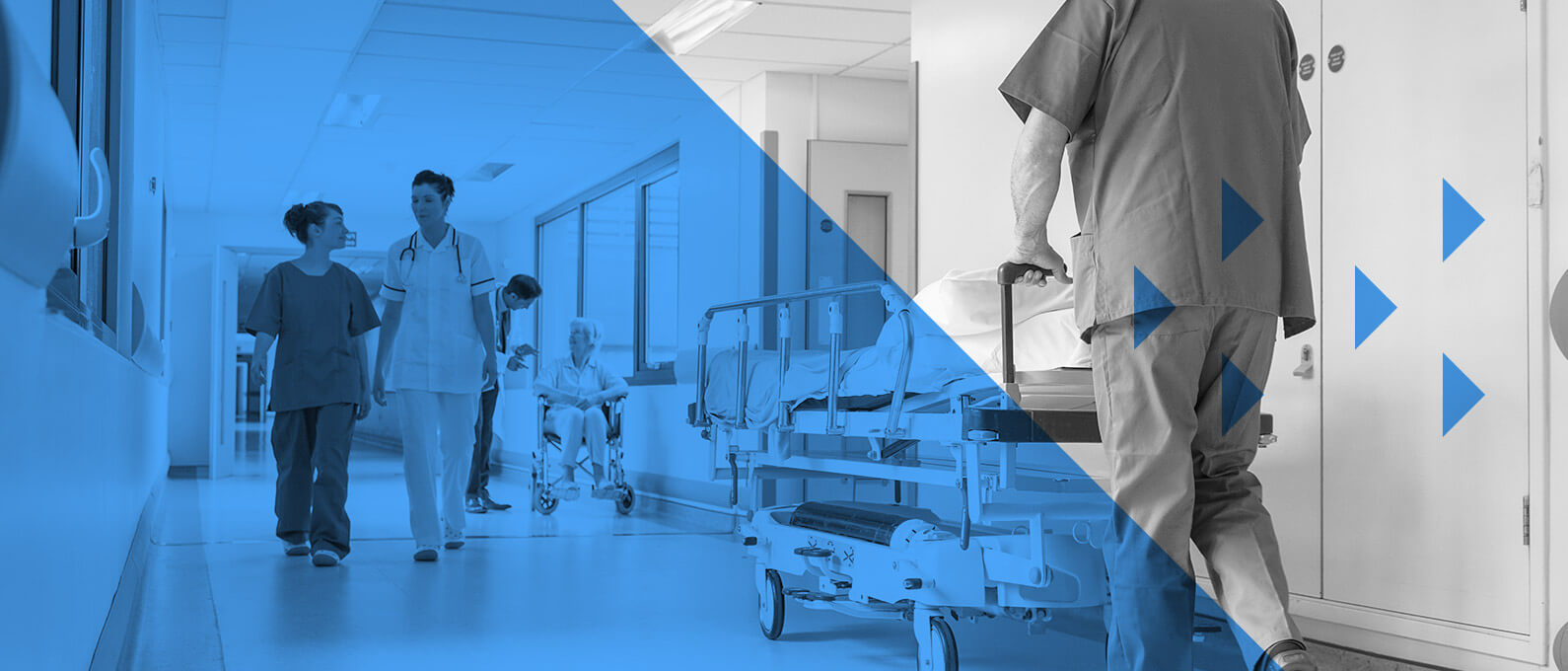
There are many use cases where Quuppa Bluetooth® Direction Finding technology can fulfill healthcare requirements, especially in a hospital system where there are many regulations and laws for how care needs to be provided to patients. Location-based services enable hospitals to save lives and make the facilities safer for both staff and patients. RTLS also supports multiple solutions for improving inefficiencies in the operations of hospitals, which can save money that could otherwise be used for patient care.
Hospitals are, in general, quite hectic and stressful places for both staff and visitors. Tight rules need to be followed to avoid liabilities for a care provider. RTLS can be used to improve the user experience, even in these types of stressful environments, by providing route optimization for staff and paperless work orders and navigation services for visitors.
Can you talk about some operational improvements that can be made in hospitals to save the lives of patients?
Some ways RTLS solutions can support operational improvements include:
-
- Real-time heat maps for patients and staff, showing quarantine zones, restricted areas, etc.
- Routing patients, using location-based indoor navigation, to certain entrances and optimized routes within the facilities to help reduce viral exposure
- Locating and visualizing assets and people, and using tracking to locate vital resources – including ventilators, wheelchairs, and other medical equipment
- Triggering alerts when an asset enters or exits designated areas
- Recording and playing back recorded data to trace routes through particular zones
- Visualizing indoor data live on a location map while displaying IoT sensor data, including room temperature, equipment health, etc.
- Analyzing counts, dwell times, and movements to assess and identifying needs or trends
What major market challenges does Bluetooth technology help you overcome?
The market still needs to understand the full potential of the Bluetooth® Direction Finding technologies, both AoA and AoD. Too often, when people hear about Bluetooth location technology, they only think about the proximity RSSI-based Bluetooth beaconing location. Clearly, this is not the case. We are trying our best to further educate the market to showcase the full potential for Bluetooth Direction Finding technologies.
Can you tell us more about why interoperability is critical for this project?
As more and more location-based services deploy across different markets, we will see that within the same facility (from hospitals to enterprise, from smart offices to sports arena) there will be a large number of use cases all enabled by the same technology infrastructure. Therefore, having the possibility to leverage the interoperability across devices is key for such a multi-use-case scenario. Otherwise, we will fall into a very suboptimal situation where technology silos are created and facilities need to invest in a variety of technologies where each can satisfy only specific use cases.
Furthermore, both the end customers and the solution providers do not want to invest in technologies that will lock them down into working with very specific providers. Instead, the openness and interoperability of Bluetooth technology offer the possibility to adopt devices from multiple vendors, which, in return, creates a rich variety of offerings.
Are there any hospitals or organizations currently using this solution?
Current hospital deployments include:
-
- Seoul National University Hospital in Korea
- NTU Cancer Center in Taiwan
- Nagoya University Hospital in Japan
- Fukui University in Japan
![]()
FEATURED PROGRAM
Bluetooth Member Promotion Program
Are you a Bluetooth member designing innovative wireless solutions? You may be eligible to participate in the Bluetooth Member Promotion Program.

